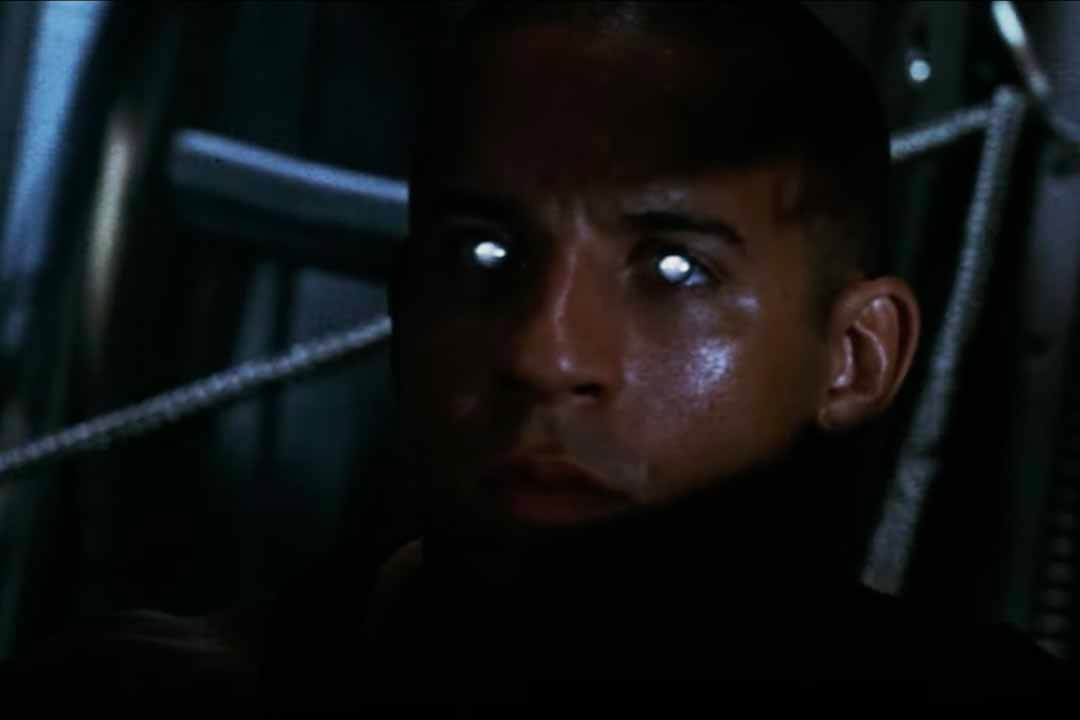Create a free profile to get unlimited access to exclusive videos, sweepstakes, and more!
How to See the 2024 Parade of Planets, and an Even Better One in 2025
Just wait for the right time, get somewhere dark, and look up!

When we first met Vin Diesel's Richard B. Riddick, the shiny-eyed Furyan protagonist of Pitch Black, he was handcuffed inside a transport ship, on his way to one horrifying space prison or another. Fortunately for Riddick, that ship crash landed on a barely hospitable desert planet, baked beneath the ever-present light of three suns.
It’s a temporary reprieve, though, tossing Riddick out of the frying pan and into the fire. Daylight is the only thing that keeps the subterranean dark-dwelling monsters at bay. Everything might have been fine, if not for a rare planetary alignment which eclipsed all three stars at the same time, allowing predatory alien creatures to emerge. Here on Earth, and in the real world, there’s a series of similar (if less deadly) planetary alignments in progress. Here’s how you can see it.
For More on Planets:
Pluto Is a Planet Again, but Only in Arizona
How Long Is a Day on Jupiter, Saturn, Uranus, and Neptune?
A Double Moon Collision Could Have Formed Saturn’s Rings
Explaining Planet Parades, and How to See the Next One
You may have seen headlines recently, talking up a “parade of planets” visible to sky gazers in early June. The planets aligned, so to speak, on the morning of June 3, and despite a long-standing history of myths and prophecies surrounding these sorts of events, nothing world-shattering happened. That’s not very surprising, since these sorts of events happen relatively often as a consequence of the way the solar system was made.
While the alignment of planets in the night sky has been a source of wonder for ages, it’s not all that mysterious today. The planets in our solar system all orbit the Sun in more or less the same plane, known as the plane of the ecliptic, an invisible line along which the planets travel, like records on a gigantic turntable. The ecliptic is a characteristic baked in from the beginning of the solar system.
About 4.5 billion years ago, a collection of gas and dust came together to form the Sun, the planets, the asteroid belt, and everything else in our solar system. Back then, that cloud of material had a little bit of spin, which remains in the solar system today. As diffuse gas and dust came together, it flattened like a bit of pizza dough spinning in the air. That cosmic pizza crust is the ecliptic plane. Each planetary pizza topping orbits at its own distance from the center and at its own rate, but always along the crust.
Because planets orbit on the same plane, you can always draw a line between any visible planets in the night sky. The only limiting factors are how bright they are, how clear your skies are, and where they are in their orbit with respect to the Earth. On the morning of June 3, 2024, there were ostensibly six planets lined up like ducklings: Jupiter, Mercury, Uranus, Mars, Neptune, and Saturn, in that order. In reality, only Saturn and Mars were visible to most observers. Jupiter and Mercury were just below the horizon while Uranus and Neptune were too faint to see with the naked eye.
If you missed the admittedly lackluster show on June 3, you’ll have another, better chance at the end of the month. Beginning the morning of June 29, skywatchers will be able to see Saturn, the Moon, Mars, and Jupiter all lined up. There are fewer actual planets in this parade, but more of them will be visible. If you’re willing to wait a little while, the ultimate planetary parade will happen on February 28, 2025, when all seven of the non-Earth planets will be visible in the night sky at the same time. Mark your calendars and take a moment to thank the stars that we don’t live in a world where monsters emerge to eat us alive when the planets line up.
Catch Pitch Black, streaming now on Peacock.



























